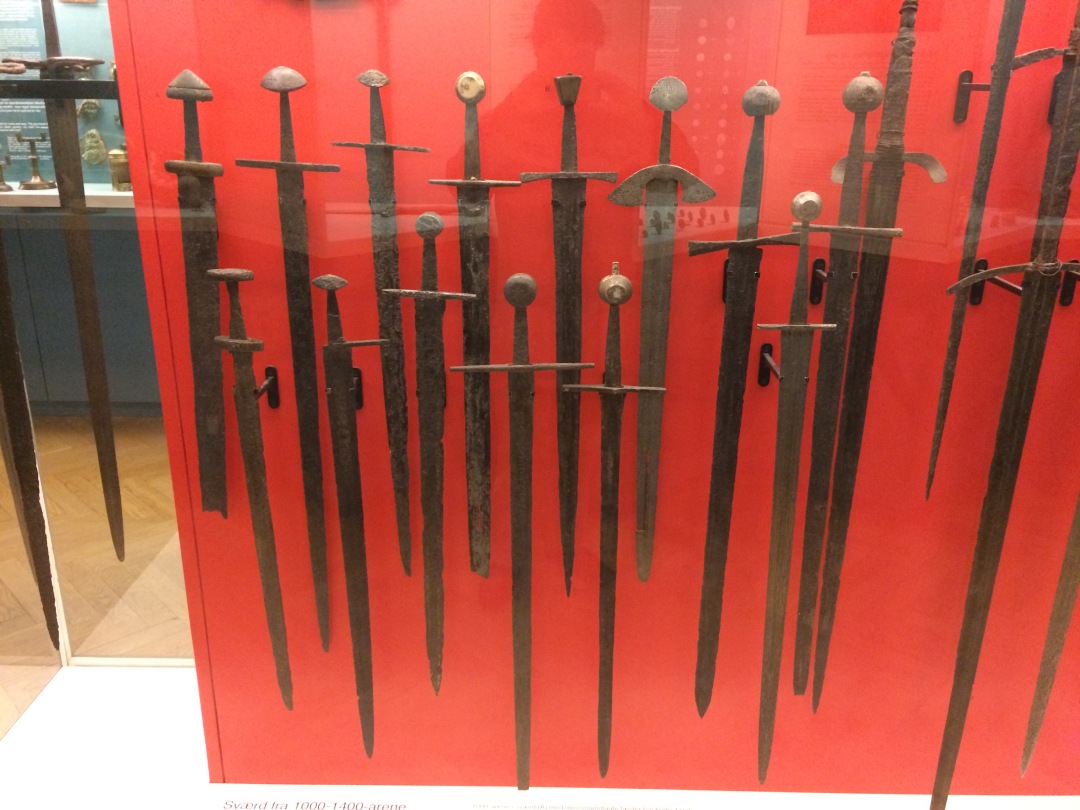Once you have narrowed down the specific area in which you want to work, the next step is to start looking at job adverts for those sort of roles.
Job adverts come in two parts. The Job Description outlines the duties and responsibilities entailed in the role, and gives a snap shot of what the successful applicant will actually be doing on a day-to-day basis. The Personal Specification makes clear the skills, experience, qualifications and attributes a candidate will need in order to be short-listed.
In a job application, you must explicitly state how you meet the points set-out in the Personal Specification. I won’t write too much here about how to write good applications – this has already been covered in brilliant blog posts by Mark Carnall of the Oxford University Museum of Natural History and Rupert Shepherd of the National Gallery. The key thing is to address each of the criteria, point-by-point, and in the order that they appear on the Personal Specification.
The chances are that, if fresh out of university, you won’t meet all of the criteria. Do not despair. You are being given a golden opportunity to identify the skills gaps that you will need to redress in order to get ahead. Go through the specification, and see which of the criteria you do and do not meet. Do this for the specifications of several roles in which you think you might be interested. If you consistently fall down on the same few criteria, then these are your key weaknesses and addressing them should be your priority.

Let’s have a look at what a typical specification for a collections-type role might look like:
| Qualifications | Essential (E)/ Desirable (D) |
| An undergraduate degree in a relevant subject | E |
| A postgraduate qualification in Museum Studies or similar subject, or commensurate experience working or volunteering in a museum | D |
| Experience | |
| A good working knowledge of a museum database or collections management system | E |
| Experience with museum documentation procedures and knowledge of the SPECTRUM standard | E |
| Practical experience of working with museum collections | E |
| Experience of loans administration | D |
| Experience using the Mimsy XG collections management system | D |
| Experience in digitisation and digital photography | D |
| Skills and competencies | |
| Strong written and verbal communication skills | E |
| Strong IT skills | E |
| Good team player | E |
| Research skills | D |
Each criterion is marked as either an essential or a desirable requirement. However, museum jobs are often so competitive that you will need to demonstrate how you meet each and every one to get to the interview stage.
I was faced with specifications like this when I first started applying for museum jobs. They were daunting. After finishing my MA in Classics in 2011, I started off in the heritage sector in January 2012 as a volunteer on a project at Guildford Museum to transfer paper catalogue cards onto an electronic database. Putting it in a personal context, after my first two months volunteering at Guildford, my skills set might have looked something like this against the above specification:
| Qualifications | Essential (E)/ Desirable (D) | Tom’s Level of Experience in March 2012 |
| An undergraduate degree in a relevant subject | E | Yes (ish) |
| A postgraduate qualification in Museum Studies or similar subject, or commensurate experience working or volunteering in a museum | D | No |
| Experience | ||
| A good working knowledge of a museum database or collections management system | E | Yes – some |
| Experience with museum documentation procedures and knowledge of the SPECTRUM standard | E | No |
| Practical experience of working with museum collections | E | No |
| Experience of loans administration | D | No |
| Experience using the Mimsy XG collections management system | D | No |
| Experience in digitisation and digital photography | D | No |
| Skills and competencies | ||
| Strong written and verbal communication skills | E | Yes |
| Strong IT skills | E | Yes |
| Good team player | E | Yes |
| Research skills | D | Yes |
Looking back at this retrospectively, I’m not at all surprised that I didn’t get called to any interviews for the first ten or fifteen jobs for which I applied. The gaps in my skills and experience were just too big. If I was to succeed, I would have to find ways to fill them – and that’s exactly what I did.
Note, however, that I could answer ‘yes’ to the last four criteria. These were all skills I had been able to gain from university or from working in retail. I will talk more about making the most of transferable skills in a later post.
In the next section, we will look at ways to go about filling skills gaps.
4 thoughts on “Looking at Job Adverts to Identify your Skills Gaps”